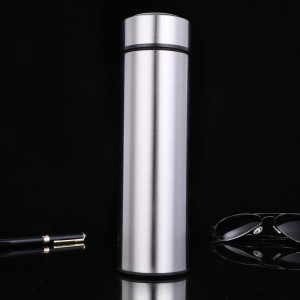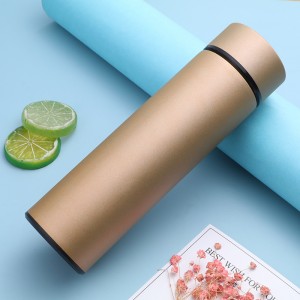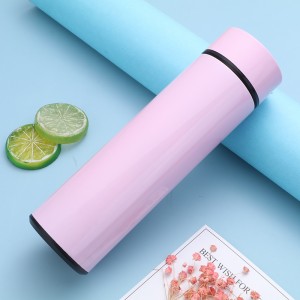Many friends have a strong awareness of health protection. After purchasing the water cup, they will disinfect or clean the water cup before use so that they can use it with peace of mind. However, many friends do not know that they use “excessive force” when cleaning or disinfecting, causing some problems. The method is wrong, which not only wastes resources, but also damages the water cup, causing the water cup to be damaged before use. What are the correct ways to clean or disinfect water cups?
Here are a few examples, would you like to see if you would also perform such operations here?
1. Boil at high temperature
Many friends think that high-temperature boiling is the simplest, most direct and most thorough way of cleaning and disinfection? Some people think that the longer the water is boiled, the better, so that the sterilization is more complete. Some friends even think that ordinary boiling is not enough to kill all bacteria, so they use a pressure cooker to boil them, so that they can feel at ease. Are you among them?
Boiling in water is indeed a very effective way to sterilize, especially in harsh environments. However, for modern enterprises, especially water cup companies, most of the production environment is managed and produced in accordance with international standards. Most water cups are ultrasonic cleaned before leaving the factory. Even if some companies operate irregularly, the materials used for water cups include stainless steel and plastic. Some glass, ceramics, etc. do not require high-temperature boiling to be sterilized. Improper handling of plastic water cups during high-temperature boiling will not only cause the water cup to deform, but may also cause the release of harmful substances in the water cup. (For a detailed explanation of the temperature change of plastic materials, please read the previous articles on the website. At the same time, regarding the high-temperature cooking method of stainless steel thermos cups, it will also cause danger. For these contents, please also read the articles shared on our website.)
2. High temperature salt water soaking
I believe many friends will use this method. Whether it is a stainless steel water cup, a plastic water cup, or a glass water cup, it will be soaked in high-temperature and relatively high-concentration salt water before use. Many friends will think that this sterilization method is more thorough. Cleaning and disinfecting with salt water comes from the medical field. This method can not only kill bacteria but also inhibit the growth of bacteria. However, it is not suitable for cleaning water cups, especially stainless steel water cups and plastic water cups. There are many comments from previous readers. Readers mentioned that after being soaked in salt water, the inner wall of the stainless steel showed obvious corrosion and began to turn black and rust.
Some friends also commented that when plastic water cups are used in this way, the originally clean and transparent water cups become foggy, and after cleaning they become old and no longer look brand new. Stainless steel water cups take 304 stainless steel and 316 stainless steel as examples. During production, the factory will perform a salt spray test on the material. This test is to test whether the material will rust or significantly corrode in a specified salt spray concentration within a specified period of time. . However, exceeding the concentration requirements or exceeding the test time requirements will also cause the qualified materials to corrode or rust, and the result will be irreparable and repairable, ultimately rendering the water cup completely unusable. The plastic material of the plastic water cup will chemically react with sodium chloride under high temperature for a long time, releasing harmful substances and causing corrosion of the inner wall. It is precisely because of corrosion that the inner wall of the water cup will appear atomized.
3. Disinfection in disinfection cabinet
With the improvement of people’s material living standards, disinfection cabinets have entered thousands of households. Before using the newly purchased water cups, many friends will thoroughly clean the water cups with warm water and some plant detergents, and then put them in the disinfection cabinet. Disinfection, obviously this method is not only scientific and reasonable, but also safe. Compared with the above two methods, this method is correct, but it should also be noted that before entering the sterilizer for thorough disinfection, be sure to clean the water cup and there is no residual oil stain. , because the editor found when using this method of disinfection that if there are areas that are not cleaned, with high-temperature ultraviolet disinfection, once the items used after multiple disinfections are dirty and have not been cleaned, they will turn yellow. And it’s hard to clean
It doesn’t matter if you don’t have a disinfection cabinet at home. No matter what the material of the water cup you buy is used, just use temperature and plant neutral detergent to clean it thoroughly. If friends have other disinfection methods or are confused about their own unique cleaning and disinfection methods, please leave a message to the editor. We will reply in time after receiving it.
Post time: Jan-23-2024


